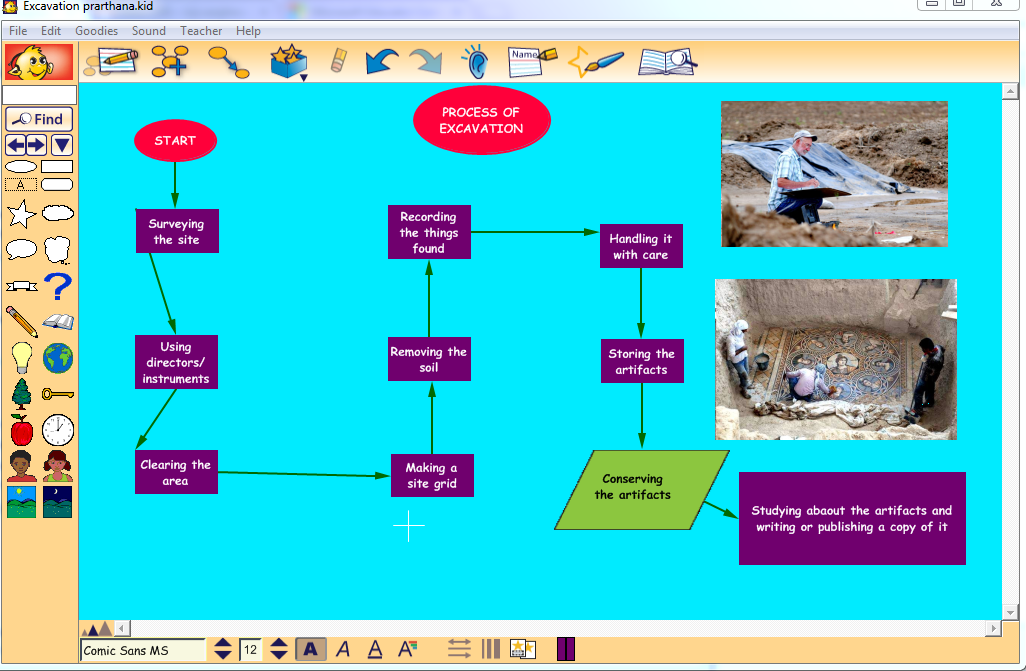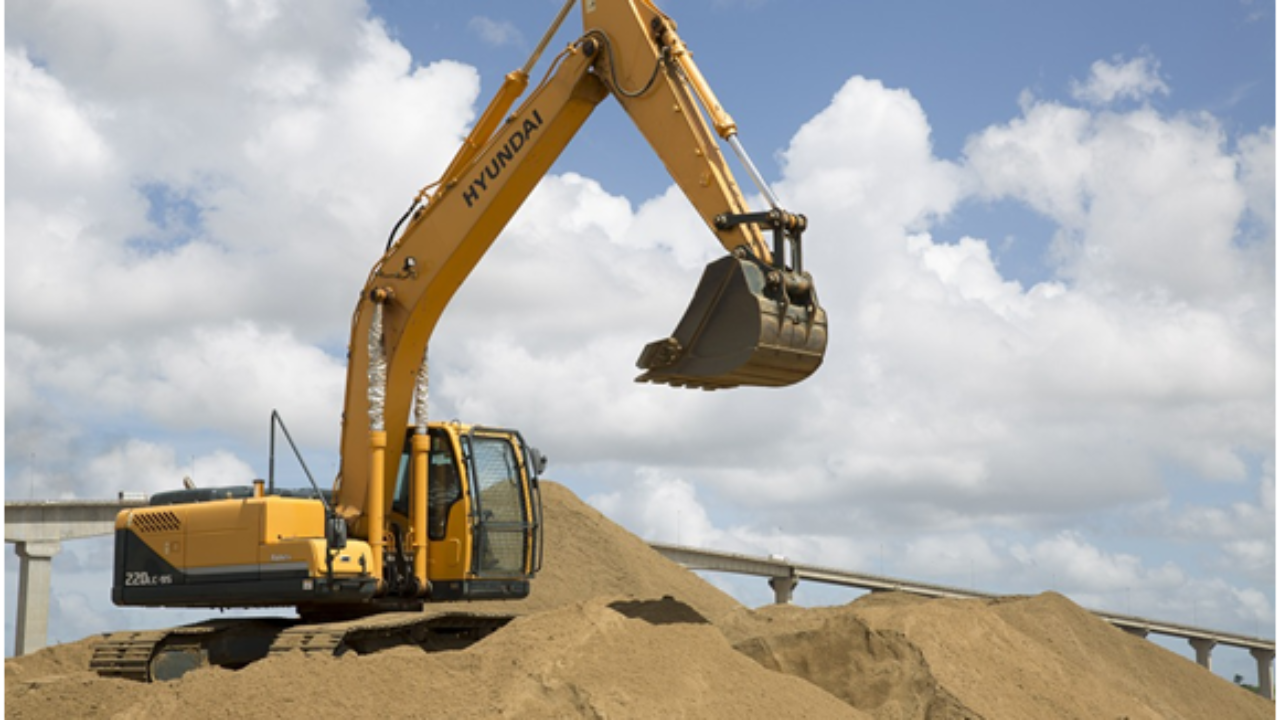Some Known Incorrect Statements About Trencher
Wiki Article
Excitement About Grading Contractors
Table of ContentsGet This Report on Grading ContractorsExamine This Report about Grading ContractorsA Biased View of Excavating ContractorsExcavation Contractors Near Me for BeginnersThe Single Strategy To Use For Demolition


Scrapers or Pans dig deep into dirt in one place, haul as well as dump the soil in another area (excavator). It is hard to match the performance of scrapes for cut/fill dirt operation if the haul range is much less after that a mile. Scrapes are usually pulled by a rubber tire wheel tractor and also are in some cases pushed via the cut location by an excavator.
There are often times that scrapers are not used for website grading and a dump truck is used: the haul might be to long, the haul may cross roadways where scrapes are not permitted, acid rock may be encountered, devices accessibility, and so on. Dump vehicles remain in usual usage as well as most likely need little discussion.
Lots of trucks have a top-hinged tailgate that can not discard any type of rock larger then the tailgate size. "Rock body" beds, on the various other hand, have no tailgates and also can dispose any type of size rock, although their volume ability is lessened. These web links reveal tools requirements for numerous typical dump trucks. Compaction Tools boosts the thickness of the dirt as well as sometimes supplies a smooth, rolled surface.
The Only Guide to Trencher
From an easy examination pit to percussion exploration to core drilling the owner has significantly a lot more costly choices that produce significantly much better data regarding the site underground. For instance, the Proprietor on a 100,000 SF structure task might accredit twenty monotonous locations with split spoon soil samples taken until rock is reached and after that core examples of rock.Knowing the kind as well as high quality of rock (from the core samples) and location of rock (from the soils boring) is a real advantage in jobsite planning. On the other hand, the Proprietor of a 100,000 SF structure may make a decision to wage no geotechnical screening whatsoever. The decision regarding geotechnical testing is generally made by an Owner without input from the Construction Manager.
The area on Dirts and Geology helps you understand the terms in the geotechnical record. An understanding of the approximate area of the rock aids the Construction Supervisor to prepare the sequence of actions adhering to rock excavation. If rock is in one corner of a huge building project, as an example, the planet excavation might start at the contrary end of the building in order to begin structure job soonest.
Starting the foundation job early would be a good suggestion if the rock might be gotten rid of by tearing. However, if the rock is extremely hard and calls for substantial blasting, it may be prudent to hold foundation job until the blasting is finished. The Building and construction Supervisor should work with these kinds of choices and utilize all the technological date available.
Facts About General Contractor Revealed
Unidentified excavation states that all rock or other unanticipated materials (excluding dangerous products) experienced in the sitework will certainly be the duty of the Service provider at no change in agreement cost. An unidentified excavation is easier from a book-keeping perspective and positions the responsibility for geotechnical problems onto the Sitework Professional.Just How Water Affects Sitework? It's impressive what a heavy rainfall can do to a building task. Prior to the rainfall, the site might be completely dry, hefty tools effectively relocating earth, try this out the various other trades smoothly executing their work. Within hours the task can be a sloppy, mud-hole with worker performance reduced to about 10%.
In many locations of the world, the Construction Manager need to remember a straightforward reality: IT WILL RAINFALL. Great preparation can minimize the damage and disruption of a heavy rain to a jobsite. Frequently the excavation as well as grading is entrusted to the Sitework Professional (and their Foremen is accountable to monitor and also route the hefty tools and also operators).
The Building and construction Manager have to be continuously conscious of what rain will do to the project site. It is not unusual for the Sitework Supervisor to work their heavy equipment for optimal effectiveness and also wish it does not rain. One of the most effective ways to prepare for rain is to incline all qualities to drain as well as to smooth rolled the surface prior to a rain.
Examine This Report about Excavator
The Building and construction Supervisor have to be perceptive enough to insure that heavy rainfall does not stop job on the job much longer than needed. Daily discussions with Sitework Foremen may be needed to attain this goal. Whenever excavation is called for below the existing aquifer on a job, the procedure of dewatering should be taken into consideration.In a truly cohesive soil, the water travels so slowly with the clay or silt that dewatering is not generally required for the fairly brief time of excavation. Dewatering might be needed for a solitary ground excavation or for a whole task site. The most usual dewatering methods are trench drains pipes, deep wells as well as well factors.

Ground water seepage can also be lowered by cutoff approaches such as sheet piling. High dewatering costs have actually paled the revenue margins on far as well several tasks.
This choice should constantly be thought about when evaluating the possibility of dewatering. Undoubtedly the alternative is only viable if gravity can run the water to lower ground. Trench drains can be reduced with a backhoe and full of a rugged, granular product (# 4 stone for instance), yet care should be worked out in choosing the water outlet type and location.
Some Known Facts About Excavating Contractors.
A siphon, necessarily, uses climatic pressure to carry water from one altitude, up over a barrier, to a lower altitude. The pipelines in a siphon system must be airtight and some resourcefulness is typically required to totally fill up the siphon pipe. The siphon pipe need to be complete for the siphon to start.A deep well consists of a pump, hose pipe as well as a vertical well casing. The pump consumption is at the base of the well housing (normally some smashed stone is put there as a filter tool) (mini excavator). The water is inflated the tube, out of the well housing, as well as to a suitable discharge place.
In a coarse sand, for instance, a big location can be pumped to near the pump consumption altitude. A less permeable helpful resources dirt, on the various other hand, reduces the performance of a deep well. Considering that the pump is normally at foundation excavation the end of the deep well, there are no elevation limitations as a result of vacuum lift, and also deep wells can lower the groundwater over 50 feet.
Under of the wellpoint there is a 2 foot long screen and also valve, water jets out of this shutoff as well as produces an opening into which the wellpoint pipeline can be reduced. This opening is often made a bigger diameter (for instance 10 inches) to permit a crude sand backfill to help filter the water (excavation companies).
Report this wiki page